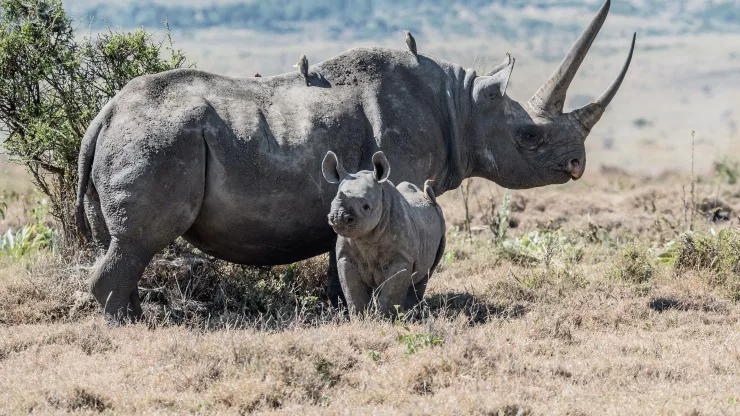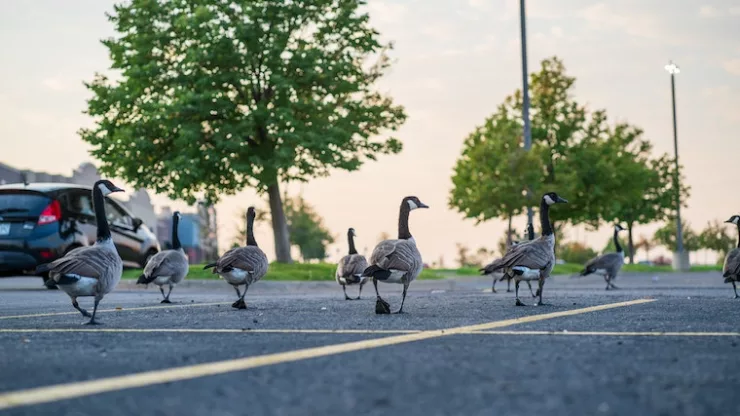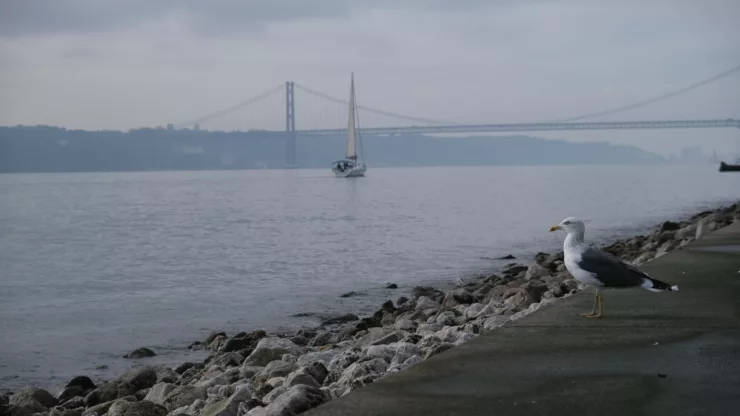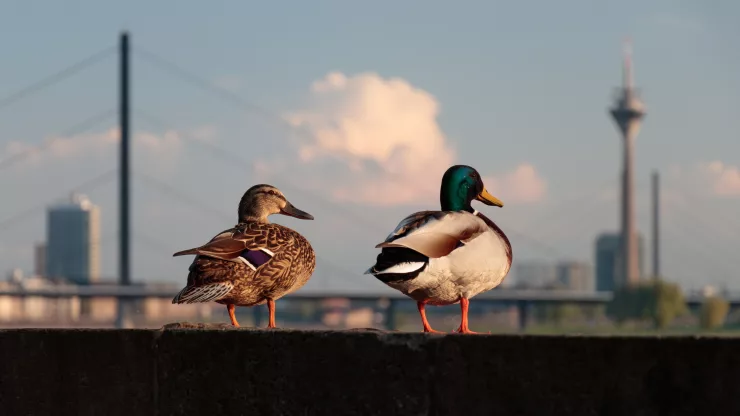When we think of endangered species, we often imagine them living in remote forests or vast wilderness areas. However, many species are also endangered in urban areas.
Urbanization has caused habitat destruction and pollution, making it difficult for many species to survive.
Despite this, some species have managed to adapt and even thrive in cities, providing hope for the future of urban biodiversity.
Jump to Section
Endangered Species in the City: Successful Urban Dwellers
While many endangered species struggle in urban areas, some have been able to adapt to city life and thrive.
These species have been able to find ways to survive despite the challenges posed by urbanization.
Some of the most successful urban dwellers include:
- Peregrine falcons: These birds of prey have adapted to urban areas by nesting on skyscrapers and other tall buildings. They prey on urban pigeons and other birds, which are abundant in cities.
- Coyotes: These adaptable animals have been able to survive in cities by finding food in garbage and preying on small animals like rats and squirrels. They are often seen wandering through parks and other green spaces in urban areas.
- Raccoons: These opportunistic animals have adapted to urban areas by feeding on garbage and raiding gardens. They are often seen scavenging in alleys and parks in urban areas.
Adapting to City Life: How Endangered Species Thrive
Endangered species that are able to survive in cities have found ways to adapt to urban environments. Some of the ways they do this include:
- Changing their diets: Many species have had to adapt their diets to include urban food sources like garbage and introduced plant species.
- Finding new habitats: Some species have been able to adapt to urban areas by finding new habitats like parks, green roofs, and even abandoned buildings.
- Avoiding humans: Some species have learned to avoid humans by becoming nocturnal or finding hiding places in urban areas.
Conservation Success Stories: Endangered Species in the City
Despite the challenges posed by urbanization, there have been some successes in conserving endangered species in cities. Some of the success stories include:
- Bald eagles in New York City: Thanks to conservation efforts, bald eagles have returned to nest in New York City after being absent for over 100 years.
- River otters in Chicago: After being extirpated from the area in the 1800s, river otters have returned to Chicago’s waterways thanks to conservation efforts.
- Burrowing owls in San Francisco: These small owls were on the brink of extinction in San Francisco, but thanks to conservation efforts, their populations have stabilized.
Inspiring Action: How We Can Help Endangered Species in Urban Areas
There are many ways we can help endangered species in urban areas. Some of the ways we can make a difference include:
- Creating green spaces: Building parks, gardens, and green roofs can provide new habitats for urban wildlife.
- Reducing pollution: Reducing pollution can help improve air and water quality, making it easier for wildlife to survive in urban areas.
- Educating others: Educating others about the importance of urban biodiversity and the threats facing endangered species can help raise awareness and inspire action.
FAQ
What are some other endangered species that live in urban areas?
Other endangered species that live in urban areas include the California condor, the black-footed ferret, and the Mexican gray wolf.
How does urbanization threaten endangered species?
Urbanization threatens endangered species by destroying habitat, introducing invasive species, and causing pollution.
What are some other ways we can help endangered species in urban areas?
Other ways we can help include reducing our use of single-use plastics, supporting local conservation organizations, and advocating for stronger environmental policies.
I’m a nature enthusiast and creator of Metro Wilds and have spent years exploring the great outdoors.
With a passion for environmental conservation and sustainability, I have dedicated my career to writing about the beauty and wonders of nature, as well as the threats facing our planet.
Contact me at [email protected] for assistance.





